A Confidential Information Memorandum (CIM) is a detailed document used in mergers and acquisitions (M&A) to showcase a company’s value. It includes financials, operations, and market strategies, helping potential buyers make informed decisions. Here’s a quick breakdown:
- Purpose: Attract buyers by presenting your company’s strengths and growth potential.
- Key Sections:
- Executive Summary: Overview of your business, mission, and growth potential.
- Industry & Market Analysis: Market size, trends, competitors, and growth drivers.
- Operational & Financial Overview: Organizational structure, products, supply chain, and financial data like revenue and cash flow.
- Steps to Create:
- Protect confidentiality with NDAs and teaser profiles.
- Collaborate with M&A advisors for expert insights.
- Use visuals, templates, and organized data rooms to present information clearly.
- Common Mistakes: Avoid missing key details, inconsistent formatting, and overly technical language.
Key Sections of a CIM
A Confidential Information Memorandum (CIM) needs to be structured in a way that effectively communicates your company’s strengths and potential. Here’s a breakdown of the key sections that make up a strong CIM.
1. Executive Summary
The Executive Summary is your chance to make a strong first impression. It should give potential buyers a clear, concise overview of your company by focusing on:
- Your mission and strategic goals
- Core offerings (products or services)
- What sets your business apart
- Growth history and future potential
This section sets the tone and establishes your company’s value. After this, the Industry and Market Analysis dives deeper into the external factors shaping your business.
2. Industry and Market Analysis
This part explains how your company fits into the bigger picture. A solid analysis should cover:
- Market size: Include Total Addressable Market (TAM) backed by revenue data
- Growth trends: Industry growth rates and future projections
- Competitive landscape: Key competitors and their market shares
- Growth drivers: Factors like new technologies or regulatory shifts
- Barriers to entry: Advantages that protect your position in the market
Once the market context is clear, the focus shifts to your company’s internal strengths through its operations and financials.
3. Operational and Financial Overview
This section highlights how your company leverages market opportunities and operates efficiently. It typically includes:
- Operations: Organizational structure, key personnel, and facilities
- Products/Services: A breakdown of offerings and their market impact
- Supply Chain: Overview of supply chain processes and efficiencies
- Financials:
- Revenue growth and EBITDA trends over time
- Cash flow statements
- Details on capital expenditures
- Working capital requirements
“The financial data presentation in a CIM must be clear and concise, using visual aids to highlight key trends and growth opportunities, while providing detailed explanations of any financial obligations or liabilities” [1].
Using charts and visuals can make complex financial data easier to understand and more impactful. This section not only shows your company’s past performance but also its ability to sustain and grow in the future.
Steps for Developing a CIM
Creating a Confidential Information Memorandum (CIM) requires thoughtful planning to balance protecting sensitive details with showcasing your company’s strengths to potential buyers.
1. Protecting Confidentiality
Before sharing any sensitive information, put strong confidentiality measures in place. This involves two main steps:
Non-Disclosure Agreements (NDAs)
Draft NDAs that clearly define the rules for handling confidential information. These agreements should specify:
- How the information can be used
- The length of confidentiality obligations
- Consequences for breaches
- What happens to the materials (e.g., return or destruction)
Teaser Profiles
Prepare a teaser document that sparks interest but avoids revealing critical details. Focus on high-level information like the industry, company size, and standout qualities, while leaving out specifics like financial data or proprietary information.
Once confidentiality is secured, the focus shifts to creating a professional and precise CIM.
Collaborating with M&A Advisors
M&A advisors can elevate the quality of your CIM by helping you highlight key assets, validate market insights, and present financial data effectively.
“A well-written CIM should streamline the process and provide potential buyers with enough information to decide whether to pursue the M&A opportunity further.” – Persient LLC, Mergers & Acquisitions [1]
With their expertise, you can ensure your CIM delivers the right message to potential buyers.
3. Presenting Information Effectively
Make your company’s data easy to understand and impactful by using the right tools and organization methods.
Financial Metrics and Visual Tools
- Use visual aids like charts to make financial trends and market positions clear.
- Align financial metrics with industry standards to emphasize your competitive edge.
- Include maps or diagrams to explain your company’s structure or market reach.
Organized Data Room
Set up a virtual data room that complements the CIM and makes navigation simple:
- Use clear folder structures and detailed indexes.
- Label files consistently, such as
2023_IncomeStatement_Finance, for easy identification. - Group documents logically, like organizing financial records by year and type, to help buyers find what they need quickly.
This structured approach ensures potential buyers can efficiently review your company’s information while aligning with the CIM’s presentation.
sbb-itb-798d089
Tools and Resources for CIM Creation
Using the right tools and resources can make creating a CIM faster and more effective while keeping it professional and polished.
1. Deal Memo
Deal Memo provides customizable, branded CIMs with a quick 72-hour turnaround. They also offer dedicated account teams, unlimited revisions, and optional data room setup. This platform simplifies the CIM creation process without compromising on quality.
2. Templates and Checklists
Templates and checklists are great for organizing your CIM content. Look for templates that include:
Key Sections
- Executive summary layout
- Industry analysis structure
- Financial statement templates
- Market positioning outlines
- Risk assessment formats
Tips for Using Templates
To get the best results:
- Customize templates to highlight your company’s strengths and replace placeholders with up-to-date information.
- Keep formatting consistent and include helpful navigation tools like a table of contents.
- Don’t forget to add legal disclaimers and confidentiality notices.
Combining these tools with guidance from M&A advisors ensures your CIM effectively showcases your company’s value to potential buyers.
While tools and templates can simplify the process, it’s just as important to steer clear of common mistakes when crafting your CIM.
Common Errors in CIM Development
Creating a Confidential Information Memorandum (CIM) demands careful attention to detail. Even minor mistakes can weaken your ability to attract buyers. Here are some of the most frequent errors and how to avoid them.
1. Missing Information
Leaving out key details is a common and costly mistake. Examples include incomplete financial data like EBITDA or cash flow statements, insufficient market analysis, or vague descriptions of operations. These gaps can hurt your credibility and leave buyers with unanswered questions.
To address this, establish a thorough review process. Involve team members with expertise in different areas to ensure no critical data is overlooked. Keep in mind that even if your data is complete, presenting it poorly can still diminish its impact.
2. Poor Presentation
How you present your CIM matters just as much as the information it contains. A poorly formatted or confusing document can make your company seem less professional and less appealing to buyers.
Here are some common presentation issues:
- Inconsistent formatting: This can make your document look unprofessional. Use a standardized template for a polished appearance.
- Overly technical language: Avoid jargon. Use clear, simple language and explain any necessary technical terms.
- Lack of visuals: Dense blocks of text or raw data can overwhelm readers. Use charts and graphs to present financial data clearly.
To avoid these pitfalls:
- Write in a clear and concise manner.
- Include visuals like charts or graphs to highlight key metrics.
- Ensure consistent formatting, including fonts, spacing, and layout.
Visuals should support your message, not distract from it. Every chart or graph should have a clear purpose, helping buyers understand your company’s strengths and value.
Conclusion: Creating an Effective CIM
A well-prepared Confidential Information Memorandum (CIM) helps showcase your company’s value by providing precise and well-organized details. As mentioned earlier, securing confidentiality through NDAs and controlled distribution is a must. Equally important is avoiding mistakes like leaving out key details or presenting information poorly.
Using professional tools can streamline the creation process, ensuring the CIM is polished and effective. When working on your CIM, keep these three priorities in mind:
- Accuracy and completeness: Share up-to-date and reliable information to establish trust and guide decision-making.
- Professional presentation: Use clean formatting, visuals, and consistent branding to make a strong impression.
- Expert collaboration: Work with skilled M&A advisors to emphasize your company’s strengths and opportunities.
A strong CIM can attract competitive bids and boost your company’s market value. By combining strategic thinking, professional resources, and a clear layout, your CIM can play a key role in achieving successful M&A results.

